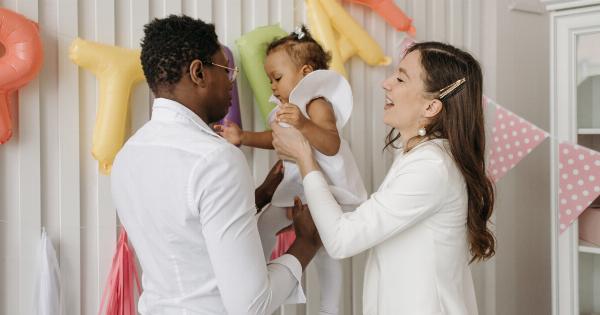When children start asking questions about mortality, it can be a challenging topic for parents to address. Death is a natural part of life, but explaining it to young minds requires sensitivity and age-appropriate language.
This guide aims to help parents navigate these difficult conversations and provide children with a better understanding of mortality.
Understanding Children’s Perception of Death
Before diving into the details, it’s crucial to recognize how children perceive death at different stages of their development. Younger children may have a limited concept of death, associating it with temporary absence or sleep.
As children grow older, they begin to grasp the finality of death but may still struggle with its permanence and universality.
Approaching the Topic with Honesty
Honesty is vital when discussing mortality with children. Avoid using euphemisms such as “passed away” or “lost” and opt for straightforward language.
For example, saying, “When a person dies, their body stops working, and they don’t come back” can help children comprehend the finality of death.
Using Age-Appropriate Language
Adapting the language to match a child’s age is essential to ensure understanding and prevent overwhelming them with complex concepts.
Younger children may require simpler explanations, focusing on absence and non-functioning of the body, while older children can grasp the concept of organs ceasing to work.
Answering Questions Based on Their Understanding
Children often have a variety of questions about mortality. Encourage them to express their thoughts and answer based on their comprehension level.
Provide simple, concise responses and gauge if they are asking for more information or content with the current answer.
Discussing the Cycle of Life
Highlighting the cycle of life can help children understand the natural order. Emphasize that all living beings have a lifespan, and death is a part of this cycle.
Explain how plants, animals, and people are born, live, grow old, and eventually pass away.
Addressing Religious and Cultural Beliefs
Many families have religious or cultural beliefs surrounding death. Discussing these beliefs with children can provide comfort and help them find solace during times of loss.
Clarify that different people have diverse beliefs about what happens after death, and it is okay to have varying perspectives.
Teaching Coping Mechanisms
Dealing with mortality can evoke various emotions in children, such as fear, sadness, or confusion. Teach children healthy coping mechanisms such as expressing their feelings through art, writing, or talking to trusted adults.
Encourage open conversations, emphasizing that it is natural to have concerns or emotions when thinking about death.
Debunking Misconceptions
Children may develop misconceptions about death, particularly from media or peers. Address any misunderstandings they have and correct them gently. For example, clarify that death is not contagious, and not everyone dies at the same age.
Reinforce the idea that everyone’s lifespan is unique.
Handling Grief and Loss
At some point, children may experience the loss of a loved one or a pet. It’s crucial to support them through the grieving process. Encourage them to share memories, express emotions, and participate in rituals or ceremonies.
Validate their feelings and remind them that grief takes time.
Keeping Communication Channels Open
Children’s understanding of mortality evolves as they grow older. Therefore, it’s important to keep communication channels open as they might bring up the topic again later.
Be prepared to revisit the conversation, answer further questions, and provide continuous support as they navigate their understanding of death.





























